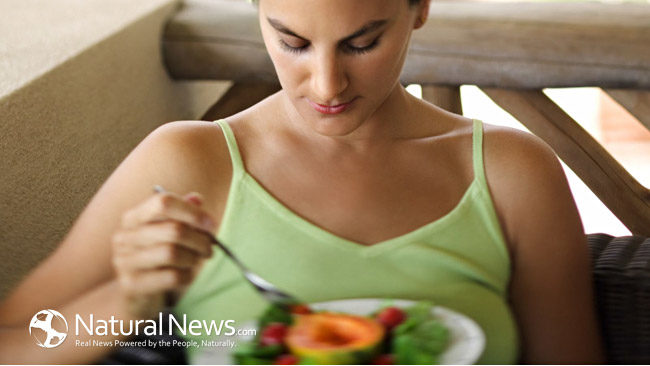The new buzz phrase on social media these days is ‘clean eating’. Like all popular terms, this is causing a frenzy of interest and excitement in gyms and is endorsed by well-known health conscious people. While the name is relatively new, the principles are not. In fact, clean eating goes back to the natural health food movement of the 1960’s when processed foods were shunned because of moral and societal values.
Another recent buzz word among health-conscious consumers was the paleo eating approach which remains popular and means eating the way our ancestors did during the Palaeolithic era pre the Industrial Revolution. This is a stricter regime than the clean eating idea as it prohibits all grains, legumes, and dairy food groups. It works for many, and is certainly a way of avoiding processed foods.
So what exactly is clean eating? Many people claim to be eating clean but don’t actually know what the term means. They are jumping on the bandwagon of popular ideas just because they’ve seen it on Facebook or Instagram and the endorser appears to have a lean fit body and good looks to go with the tight torso. The principles are deceptively simple, meaning nothing more than eating foods as close to their natural form as possible. This means being mindful of a food’s pathway between its origin and your plate.
It’s important not to attach a dieting mentality to this as the all or nothing approach can easily set in. Common sense can prevail here, the less a food is tampered with and the closer it is to its original state the better it will be and the more benefit our bodies will experience. We’ve been taught these truths from infancy, we’ve just managed to complicate the terms over the years. So when all processes are stripped back we’re looking at basic foods with nothing added or taken away. The key is not to obsess about the word clean eating, where you perceive processed as dirty and forbidden. Obsessing leads to irrational ideas and disordered eating. Aim for the 80/20 rule. This leads to a healthy lifestyle without restrictions.
Here is a basic guide:
- Look at all the food groups and choose the healthier options from each one. As a meal guide aim for half veg, quarter protein and quarter healthy carbohydrate.
- Choose un-packaged foods as much as possible
- If food is bagged, canned or packaged check for short ingredient list and avoid long lists with words that are long or you’ve never heard of.
- You need fats[1]. Stick to the good ones like oily fish, nuts, seeds and olive oil. Saturated fats are solid at room temperature.
- Think of ways to get in more fruit and veg – Aim for 3-4 cups veg per day.
- Food does not have to be raw. Although cooking is a process, it is conducive to healthy eating if good methods are chosen that maintain the integrity of the food i.e. bake, boil or steam.
- Aim to reduce sugar, in tea, coffee, sweets, biscuits and the less obvious in cereals, sauces, bread, yogurt and sauces.
- Processed foods are higher in salt[2]. It is named as sodium on packets. The closer to the top of the list, the more salt in the product.
- Look for the word ‘whole’ as first word on breads and pastas (brown in color), as bran and germ are not removed. Outside of whole-wheat, look for wholegrain like oats and brown rice
- Don’t drink your calories – Choose water as the obvious healthy choice, followed by herbal teas and natural fruit juices. Reduce milky coffees, flavored juices and fizzy drinks.
- Eat 5 to 6 times per day and spread protein throughout[3]. This keeps blood sugars steady and prevents cravings caused by hypoglycemia.
- Get moving [4]– Vital for decreasing fat, strengthening and building muscle, and maintaining optimum mental health.
Northern Irish-born Claire Jackson blogs on all aspects of health and lifestyle. She works as an adviser for Motivation.ie where she uses her expertise and experience with weight loss to help clients who want to embrace their new shape and size with the correct clothing. Her published articles focus on the formation of various habits, behaviors and the role of the self-image in how we conduct our lives. Claire has featured on local television and radio discussing various elements of the unique Motivation Weight Management program and how it works.
[1]http://www.webmd.com/diet/obesity/skinny-fat-good-fats-bad-fats
[3]Be Thin Through Motivation; AUTHOR: Maurice Larocque ISBN: B000BJSEMQ; TITLE:
[4]http://www.cookinglight.com/eating-smart/smart-choices/clean-eating





